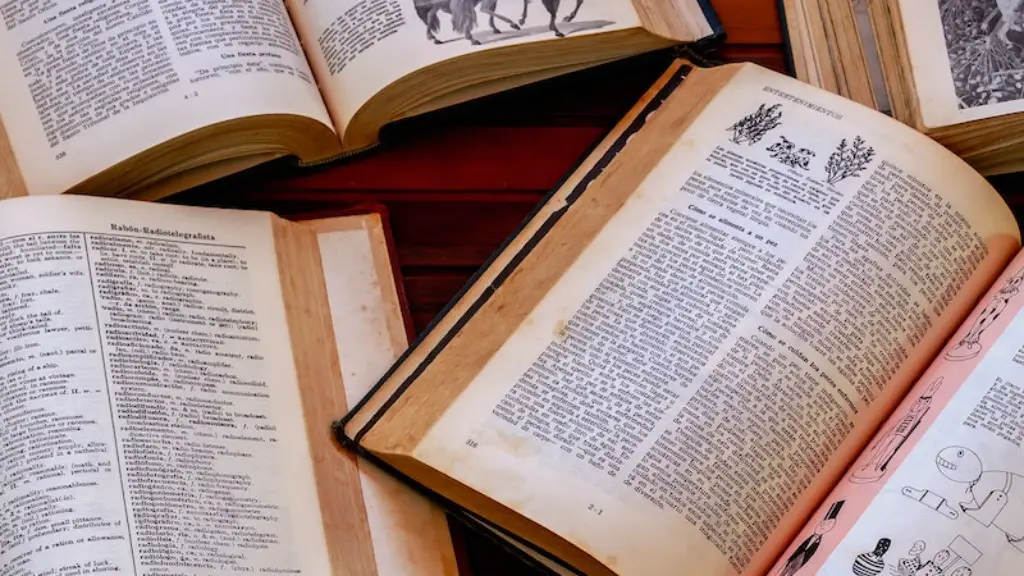Definition
Iambic pentameter is a rhythmic unit of poetry consisting of lines comprising five iambs, or pairs of syllables. An iamb consists of one unstressed syllable followed by a stressed syllable. The stressed syllables fall on the even syllables of iambic pentameter, creating a five-beat poetic line. While most poetry exists in the form of individual lines, iambic pentameter is the structure of whole poems, too. It’s a common verse form used to add strength and a lyrical flow to a poem.
History
Iambic pentameter is one of the oldest poetic forms in Western literature, appearing in ancient Greek and Latin poetry as early as the 6th century. Such verse forms are found in the works of Homer and other classical writers. Back then, poets paid close attention to the meter and structure of their lines. Today, we understand meter to be an artful way of orchestrating rhythm, but it began centuries ago as an order of words.
By the time of the 16th century, English poets had adopted the form for themselves and by the time of William Shakespeare in the 16th and 17th centuries, iambic pentameter was the favorite meter of Elizabethan playwrights.
Examples
An example of a line in iambic pentameter would be: “Still is the night, the heavens are mute” by Coleridge
It follows the standard iambic, five-beat pattern: de-DUM de-DUM de-DUM de-DUM de-DUM. Other famous examples of lines in iambic pentameter includes: “O Romeo, Romeo, wherefore art thou Romeo?” and “A thing of beauty is a joy forever” by Keats.
Properties
Iambic pentameter is often used to express the regular beat of conversation, such as a conversation between two lovers in the Romeo and Juliet scene, or the energetic dialogue of characters in Shakespearean plays.
The iambic pentameter line itself is also subdivided into feet of iambs. Iambs are two syllables that alternate in a pattern of stress. The unstressed syllable is followed by a stressed syllable. This produces a poetic line that sounds like someone talking in measured, even syllables.
To understand how this structure works, you don’t need to worry about the technical aspects of iambic pentameter. Just read the lines out loud and you’ll get the gist of it. If they sound even and rhythmical, you’ll know that they are in iambic pentameter.
Variants
Iambic pentameter also has a few other variations like “iambic trimester” which is a type of iambic pentameter with three stressed syllables instead of five. There is also “iambic tetrameter” which is the same concept but with four stressed syllables per line. Poets will often combine these variations to create more of an artistic flow.
In addition to these regular forms of iambic pentameter, there are also other variations that employ other types of metrical patterning, such as a “spondaic meter”, a meter consisting of two successively stressed syllables. The classic example of this is the verse form used in Alfred, Lord Tennyson’s famous poem “The Charge of the Light Brigade”.
Uses
Iambic pentameter is a versatile form of poetry and is used in both formal and informal contexts. It can be found in lyric poems, sonnets, ballads and other forms of poetry. It is also commonly used in verse plays and other dramatic works, you can find it in works by William Shakespeare, George Puttenham and John Milton.
A well-crafted line of iambic pentameter can create a lyrical flow to a poem. It can evoke emotion or create a feeling of grandeur. Even if you don’t understand the technical components of iambic pentameter, it’s easy to recognize its impact in a poem.
Pros and Cons
The pros of iambic pentameter include its ability to create a lyrical, rhythmic flow and its use of poetic devices. It also contains a colorful history and has been used by famous poets.
The primary con to using the structure in poetry is its artistic inflexibility. Poems and lines are constrained by the structure and often times flow can be difficult to maintain. This rigid form can be off-putting and make the poem feel either too long or too short.
Popular Examples
The classic English poet and playwright William Shakespeare is credited for popularizing the use of iambic pentameter in his plays, such as Macbeth, Hamlet, and Romeo and Juliet. Most of his work is written in blank verse, meaning it is unrhymed iambic pentameter.
However, the form was also used by many other poets such as Geoffrey Chaucer in his Canterbury Tales, John Donne in his “Sonnets”, and by Edmund Spenser in his “Shepherd’s Calendar.
Modern Examples
Numerous modern poets continue to use the form to create meaningful and beautiful works of art. W.H. Auden in his poem “In Memory of W.B. Yeats”, Sylvia Plath in her poem “Lady Lazarus”, and T.S. Eliot in his poem “The Love Song of J. Alfred Prufrock” are all classic examples of modern poets utilizing the form.
In recent years, rap and hip-hop artists have adapted iambic pentameter to create an upbeat rhythm that fits both the tempo and syllable count of the genre. Rappers such as Eminem and Drake employ the structure in their verses to add intricacy and depth to their music.
Conclusion of Iambic Pentameter
Iambic pentameter is an ancient poetic structure that has been used for centuries. A poetic line of iambic pentameter is distinguished by its even, rhythmic pattern of unstressed and stressed syllables. This structure has been used by poets of all genres, from classical to modern, and has been adapted to fit many musical styles.




